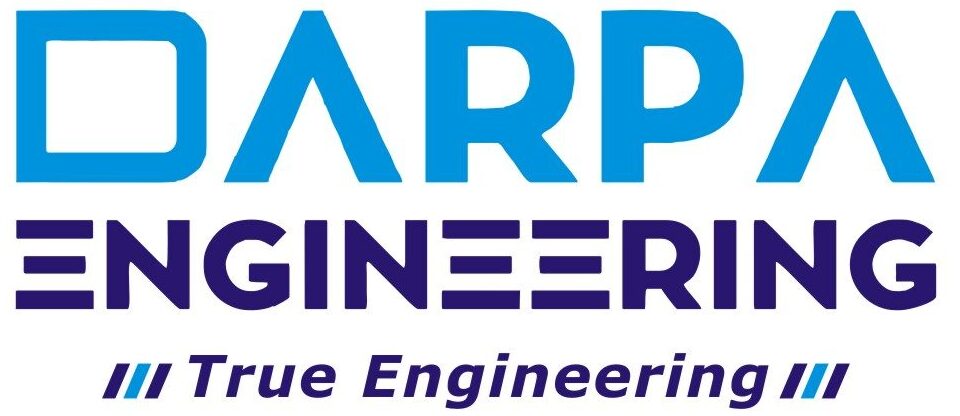In recent years, Artificial Intelligence (AI) has revolutionized industries worldwide, and manufacturing is no exception. By integrating AI technologies into production processes, manufacturers are achieving unprecedented efficiency, quality, and adaptability. This blog explores how AI is shaping modern manufacturing, its key applications, benefits, and the challenges that come with adopting these innovations.
The Role of AI in Modern Manufacturing
AI is no longer just a futuristic concept; it is a driving force in the manufacturing industry. By leveraging machine learning, computer vision, and predictive analytics, manufacturers can automate complex processes, reduce waste, and make data-driven decisions. AI empowers factories to evolve from traditional, labor-intensive workflows to smart, highly efficient systems.
Key Applications of AI in Manufacturing
1. Predictive Maintenance
AI-powered predictive maintenance solutions monitor machinery and equipment to identify potential issues before they cause downtime. Sensors and IoT devices collect real-time data, which AI analyzes to predict failures and schedule maintenance efficiently.
Example: AI systems can alert operators about wear and tear on machine components, reducing unplanned shutdowns.
2. Quality Control
AI uses computer vision to detect defects in products during manufacturing. These systems are faster and more accurate than manual inspections, ensuring consistent product quality.
Example: In electronics manufacturing, AI can identify microscopic flaws in circuit boards that human inspectors might miss.
3. Supply Chain Optimization
AI enhances supply chain management by predicting demand, managing inventory, and optimizing logistics. By analyzing historical data and market trends, AI helps manufacturers minimize costs and meet customer expectations.
Example: AI algorithms can forecast seasonal demand spikes, ensuring that raw materials and finished products are available when needed.
4. Robotic Process Automation (RPA)
AI-powered robots can perform repetitive tasks such as assembly, welding, and painting with precision and efficiency. Collaborative robots, or cobots, work alongside humans to improve productivity and safety.
Example: Automotive manufacturers use AI-driven robots to assemble vehicles faster and with fewer errors.
5. Energy Efficiency
AI systems analyze energy usage patterns in factories to identify inefficiencies and recommend adjustments. This not only reduces costs but also helps manufacturers meet sustainability goals.
Example: AI can adjust HVAC systems in a factory based on real-time conditions, reducing unnecessary energy consumption.
6. Customization and Design
AI enables manufacturers to offer mass customization by analyzing customer preferences and automating design processes. Generative design uses AI algorithms to create optimized product designs based on specific requirements.
Example: AI can design lightweight yet durable parts for aerospace applications, reducing material costs and improving performance.
Benefits of AI in Manufacturing
- Increased Efficiency: AI automates routine tasks, allowing human workers to focus on complex and creative activities.
- Cost Reduction: By reducing waste, optimizing processes, and preventing downtime, AI lowers operational costs.
- Enhanced Product Quality: AI-driven quality control ensures consistently high standards, reducing defects and returns.
- Agility and Flexibility: AI enables manufacturers to quickly adapt to market changes, such as shifts in demand or supply chain disruptions.
- Sustainability: By optimizing resource usage and minimizing waste, AI contributes to eco-friendly manufacturing practices.
Challenges in Adopting AI in Manufacturing
While the benefits of AI are compelling, there are challenges manufacturers must address:
- High Initial Investment: Implementing AI solutions requires significant upfront costs for hardware, software, and training.
- Data Management: AI systems rely on vast amounts of data, making data collection, storage, and security critical.
- Workforce Adaptation: Employees need training to work effectively with AI systems, which may require a cultural shift within the organization.
- Integration Complexity: Integrating AI with existing manufacturing systems can be challenging, especially for older factories.
The Future of AI in Manufacturing
The integration of AI in manufacturing is still in its early stages, with endless possibilities on the horizon. Advances in technologies like edge computing, 5G, and digital twins are expected to further enhance AI’s role in smart factories. In the future, fully autonomous factories powered by AI could become the norm, delivering unparalleled efficiency and customization.
Conclusion
Artificial intelligence is transforming modern manufacturing, driving innovation and efficiency across the industry. From predictive maintenance to supply chain optimization, AI has become an indispensable tool for manufacturers looking to stay competitive in a rapidly evolving market. While challenges exist, the benefits far outweigh the drawbacks, making AI a critical investment for the future.
What’s Next? As AI continues to evolve, so too will its applications in manufacturing. Stay tuned for more insights on how technology is shaping the future of production.

